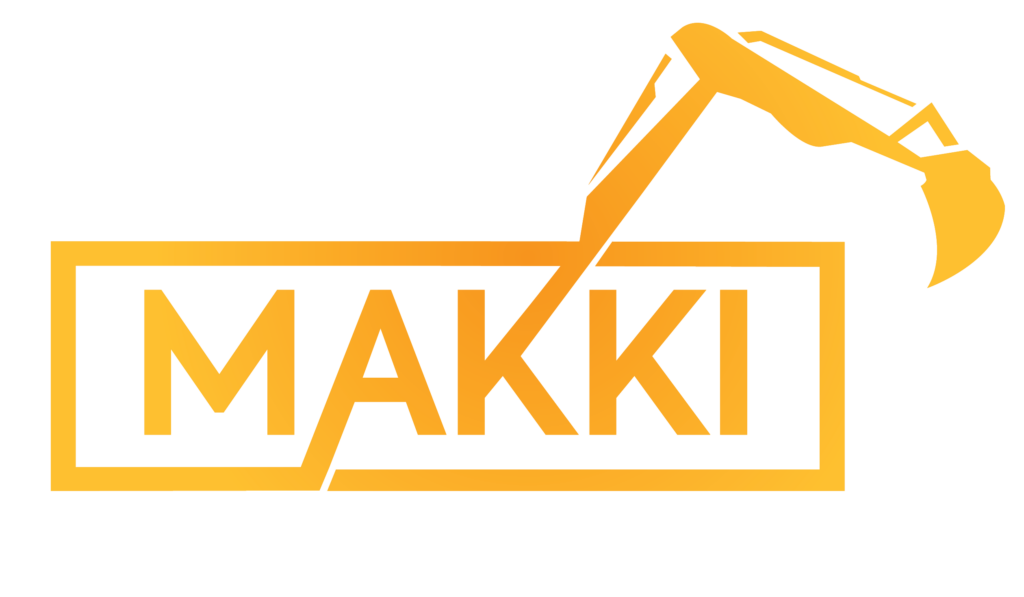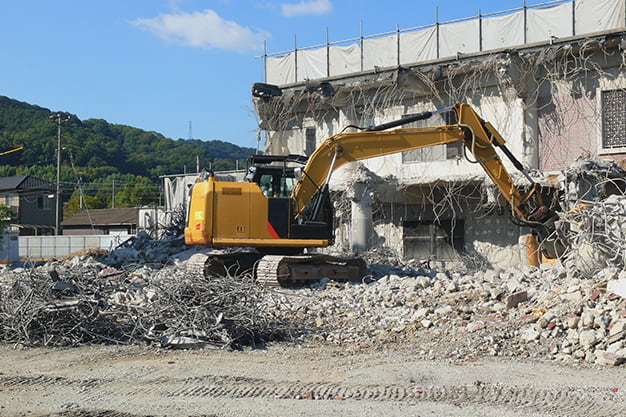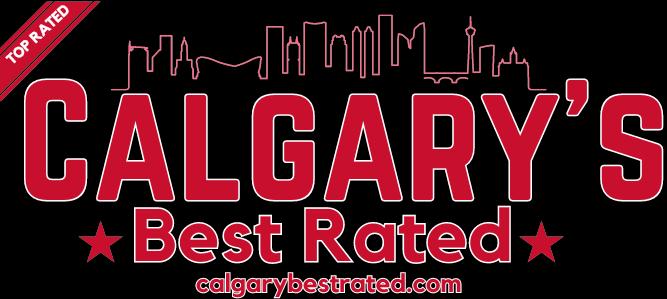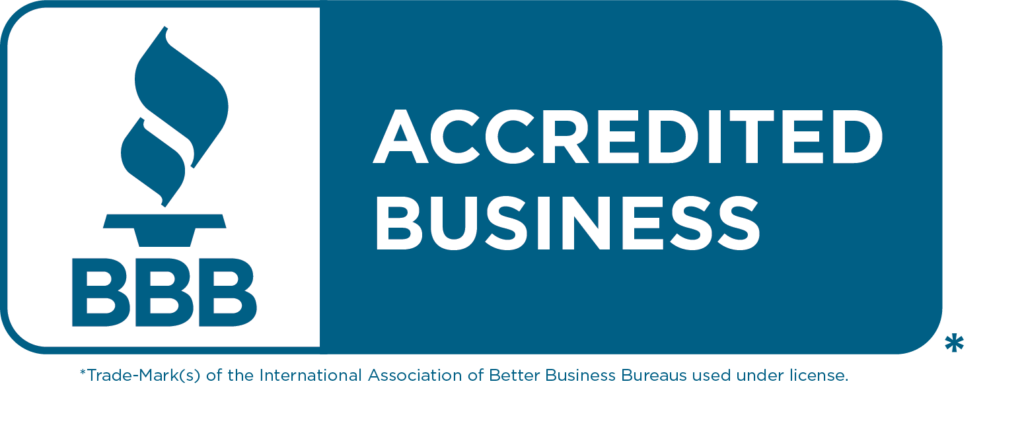If you’re planning a redevelopment project, managing a fire-damaged property, or addressing a building that’s no longer structurally sound, demolition may already be on your radar. But structural demolition isn’t simply about removing what’s there. It’s a critical phase that carries safety risks, legal requirements, and logistical complexity.
If you’re in the Calgary area, you might be wondering: When does demolition actually make sense? What does the process involve? And how do you choose someone you can trust to do the job safely and legally?
This guide walks you through the real reasons structural demolition is needed, how the process works, and what to watch for when hiring demolition contractors.
When and Why Structural Demolition Becomes Necessary
Demolishing a structure may sound extreme, but in many cases, it’s the safest, most cost-effective path forward. Here’s when demolition becomes more of a necessity than a choice:
Structural Instability or Safety Hazards
Older buildings that have deteriorated over time or suffered foundational movement can present real safety concerns. Calgary’s freeze-thaw climate and shifting soils are especially hard on older structures. When the structural integrity of a building is compromised, it can pose risks not just to occupants, but also to adjacent properties and the surrounding public.
If engineers determine that a building is unstable or cannot be brought up to code safely, structural demolition removes that risk entirely.
Redevelopment or Urban Renewal
Calgary’s growing urban footprint means older, underused buildings are often replaced with denser, more functional developments. Property owners or developers may find that renovating an outdated structure costs more than starting fresh. In these cases, site demolition clears the way for modern infrastructure that better serves community needs.
Redevelopment is especially common in central neighbourhoods where zoning has changed or commercial revitalization is underway.
Building Code Violations
Sometimes, buildings fall so far behind current codes (especially in terms of fire safety, electrical, and structural standards) that retrofitting becomes impractical. Violations involving outdated materials or unsafe layouts can trigger shutdowns, fines, or mandatory demolition orders.
When compliance costs outweigh the benefits, structural demolition is often the only viable solution.
Fire or Natural Disaster Damage
Damage from fire, flooding, or extreme weather events can leave buildings beyond repair. Even if the structure appears intact, internal stress fractures or compromised framing may render it uninhabitable. A thorough post-disaster inspection often reveals issues that make demolition safer than restoration.
This is especially important when rebuilding timelines are tight or insurance requires complete site remediation.
Environmental or Hazardous Materials
Asbestos, lead paint, and other environmental hazards aren’t just health risks; they’re liabilities. Many buildings constructed before 1990 contain these materials, and safe removal isn’t always possible without tearing down the structure.
Demolition becomes a public health and legal necessity when contamination can’t be contained through remediation alone. In some cases, site demolition is the only way to obtain development approvals or secure funding for future use.
What Happens During the Structural Demolition Process
Understanding the demolition process helps avoid confusion and costly delays. Here’s what typically happens on a properly managed project:
1. Permitting and Documentation
You’ll need permits from the City of Calgary or your local municipality. This involves submitting demolition plans, conducting environmental assessments, and coordinating with utility providers to ensure safe disconnection.
2. Site Preparation
The area is secured with fencing, signage, and safety barriers. Crews assess for hazardous materials and remove anything requiring specialized handling. This step includes coordination with environmental consultants when needed.
3. Structural Takedown
The actual demolition varies depending on the building. Smaller structures might be dismantled mechanically with excavators, while larger commercial properties may require phased takedowns or controlled methods to preserve adjacent structures.
4. Debris Management and Site Clearance
After demolition, debris is sorted (often recycled) and hauled away. Crews clear the site and grade it according to post-demolition plans. This step ensures it’s ready for construction, landscaping, or sale.
Every step must be performed safely and in full compliance with municipal, provincial, and environmental regulations.
Choosing the Right Demolition Contractor
Not all demolition contractors are created equal. For a project as complex as structural demolition, you need proven expertise and a track record of safe, compliant work.
Look for these indicators:
- Licensed and Insured: Your contractor should be fully certified to perform structural and site demolition in Alberta.
- Experience with Similar Projects: Ask for examples of past work, particularly those involving commercial demolition, hazardous material removal, or tight urban sites.
- Strong Safety Culture: A contractor’s approach to safety speaks volumes. Ask about incident history, training programs, and safety protocols.
- Modern Equipment and Skilled Operators: Equipment reliability directly impacts project efficiency. A well-equipped contractor avoids delays.
- Transparent Quotes and Communication: Expect clear pricing, detailed scope of work, and ongoing updates from start to finish.
Makki Demolition meets and exceeds these standards. Our team handles everything from permit coordination to debris removal with precision and professionalism. We’re fully equipped for residential, commercial, and industrial demolition projects across the Calgary region.
Choose Makki Demolition for Structural Demolition in Calgary
Structural demolition in Canada is governed by strict safety codes, environmental laws, and municipal standards. In Alberta, this includes Occupational Health and Safety regulations and specific protocols around utility disconnections, asbestos abatement, and permit requirements.
At Makki Demolition, we stay up to date on all local and provincial guidelines. Our work consistently meets or exceeds the expectations of clients, inspectors, and regulators alike. We bring experience, safety, and compliance to every site demolition project.
Our Calgary-based team provides structural demolition for residential, commercial, and industrial clients, with a focus on safety, efficiency, and full regulatory compliance. We also handle site preparation, concrete removal, interior demolition, and debris hauling, making us a single-source solution from start to finish.
If you’re ready to move forward with confidence, reach out to Makki Demolition at +1 (403) 392‑2803, email us at info@makkidemolition.ca, or click here to get in touch online.





